The phrase “something for everyone” gets used a lot, but when it comes to providing both accessible home audio and premium hi-fi, FiiO have been working diligently to genuinely fulfil that promise. From affordable headphone amps and portable DAPs to high-end desktop media players, they excel in small-scale equipment.
So without further ado, welcome to our FiiO R7 review, where we’ll look at the all-in-one streaming player, DAC, and headphone amplifier that caters to audiophiles who crave superior audio fidelity, with specific attention paid to its functionality, design, and performance to help you determine if it’s the right addition to your audio setup.
In a hurry? Here’s our verdict
Despite its dimensions, the FiiO R7 packs a punch, supporting 32-bit/768kHz hi-res audio with MQA and Roon capabilities. It’s a streamer, DAP, DAC, headphone amp, and pre-amp, all in a unit no bigger than 16 cm.
Along with a host of connectivity options, it uses a Snapdragon 660 processor and runs an Android 10-based OS, allowing you to download pretty much any app you like via the Google Play Store, including streaming platforms like Tidal, Qobuz, Spotify, Amazon Music, internet radio – the list goes on… and on, so here’s some key points:
| Pros | Cons |
|---|---|
| Extreme versatility, with 6.4mm, 4.4mm, and XLR headphone jacks; SD card slot; LAN; RCA outputs; optical and coaxial in/out; and USB-C port | The remote control, while not expensive, is sold separately which feels like a missed opportunity for a truly complete package |
| Clean audio quality, competitive for its price point. Size doesn't seem to compromise performance | Although it runs smoothly and similarly to a smartphone, Android 10 is somewhat outdated now |
| Wi-Fi and Bluetooth 5.0 with support for multiple audio codecs, as well as Apple AirPlay connectivity and dedicated Roon Ready mode for hi-fi ecosystem integration and management | Marketed as an all-in-one solution, be aware that this isn't a streamer/amp. You'll need to factor in the cost of an external amp or active speakers on top of the nearly £650 price tag |
Specifications
Here’s a look at some of the FiiO R7’s key specifications. A full list of specs can be found here.
| SoC | Snapdragon 660 |
| DAC | ES9068AS |
| Amp | 2x THX AAA-788 |
| Working Modes | Android/Pure music/USB DAC/Bluetooth/AirPlay/COAX/OPT/Roon Ready |
| Internal storage/Free space (ROM) | 64GB/ ≈46GB |
| RAM | 4GB |
| Gain | Ultra high/Super high/High/Medium/Low |
| Memory card | Single SD card expansion, theoretically supports up to 2TB |
| Recommended headphone impedance | PO: 16 ~ 150Ω BAL: 16 ~ 300Ω |
| Channel balance | L20 ~ R20 (0.5dB per level) |
| Operations | 1x Volume knob 1x Output selection knob |
| Connectivity | USB (1x Type-C, 1x USB A) DC power in port Headphone output ports (1x 4-core XLR, 1x 4.4mm, 1x 6.35mm) Balanced line out ports Single-ended line out ports OPT input/output ports COAX input/output ports Network port |
| Bluetooth transmitter (5.0) | AAC, SBC, aptX, aptX HD, LDAC, LHDC |
| Bluetooth receiver (5.0) | SBC, AAC, LDAC |
| MQA | 8x decoding |
| Max sampling rates | USB DAC: 384kHz/32bit; DSD256 (Native) Local decoding: 384kHz/32bit; DSD256 (Native) USB Audio: 768kHz/32bit; DSD512 (DoP/D2P/Native) COAX IN: 192kHz/24bit OPT IN: 96kHz/24bit COAX OUT: 384kHz/24bit; DSD128 (DOP) OPT OUT: 192kHz/24bit |
| EQ | 10-segment dynamic EQ (±12dB), 8 preset EQ, custom EQ, PEQ supported |
| FiiO Link | WiFi and Bluetooth control for Android, WiFi control for iOS |
| Dimension (W x H x D) | 160 x 110 x 134mm (without bases) |
| Weight | ≈1282g |
FiiO R7 Review
Design and build quality
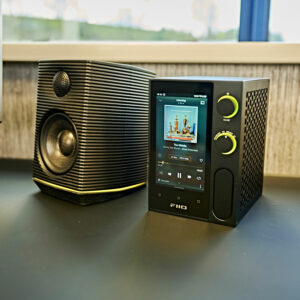 First and foremost – and this is kind of the whole point of the FiiO R7 – this desktop streamer merges functionality and sleek aesthetic design.
First and foremost – and this is kind of the whole point of the FiiO R7 – this desktop streamer merges functionality and sleek aesthetic design.
Unboxing the device is everything it should be, with each component packaged and presented to meet the standards of modern tech enthusiasts. Again, this isn’t a big piece of kit. You can easily take it out of the box with just one hand, yet it still feels substantial and well-designed.
Its build quality lives up to the price tag and FiiO is one of the many Chinese companies directly debunking negative stereotypes surrounding “Made in China”.
The R7’s design features a handsome honeycomb lattice on either side that not only adds a unique visual flourish but also serves as ventilation.
The controls are equally creditable, offering a tactile response when used. These include two dials on its front panel for power/volume and output selection, all backlit by RGB LEDs which can be customised to match your setup’s style or indicate unit status.
The dials sit snugly beside the five-inch touchscreen, which significantly enhances the usability of the FiiO R7.
The high-resolution display simplifies navigation and allows for quick adjustments to settings, listening mode changes, and efficient browsing through your music collection.
Being relatively lightweight, the R7 is easy to turn around if you need to attach a new connector, with everything well-spaced to ensure usability. The front panel also features a selection of headphone outputs – ranging from standard to balanced connections – with a dust cap included to protect the less commonly used ports, preserving both their functionality and the device’s sleek aesthetic.
Its dimensions align closely with the FiiO SP3 Active Speakers, making it an ideal pairing for a zero-clutter desktop setup without needing an external amp or any additional equipment. With all the necessary cables included for instant setup, this system is a complete, modern, mini hi-fi package.
Features
We’ve covered the basics, so now let’s delve into the core components of the R7.
An essential feature of any high-end desktop audio setup is its high-quality components, and the R7 does not disappoint. It incorporates premium elements, including Panasonic PPS film capacitors and a fourth-gen FPGA with phase-locked loop clock technology and two femtosecond crystal oscillators. These components ensure high-precision, low-jitter clock regulation for cleaner and more stable audio reproduction.
At the heart of the R7’s design is its THX amplification circuit, which includes a pair of THX AAA-788+ headphone amplifiers in conjunction with its high-performance ES9068AS DAC.
The device offers five gain levels: low, medium, high, over-ear headphone, and enhanced over-ear headphone mode, with a possible output of up to 3.6W under a 32Ω load in this final mode. This makes it powerful enough to drive both low- and high-impedance headphones.
Functionally, the R7 uses an eight-core Qualcomm Snapdragon 660 SoC running on an Android 10-based OS. The touchscreen makes navigating the R7 virtually similar to using a smartphone, minus the actual phone capabilities, which ensures smooth performance and an intuitive, familiar user interface.
As we’ve already mentioned, using an Android-based operating system also gives you access to the Google Play store, ensuring compatibility with just about any streaming platforms you can get on a regular smartphone, including Tidal, Deezer, Qobuz, Spotify, Amazon Music, Roon, and YouTube. In that sense, the FiiO R7 isn’t just a traditional streamer. It’s also a media player.
When it comes to storage, the R7 is quite generous. It comes with 64GB of internal storage, which can be expanded via an SD card slot supporting up to 2TB. This ensures you can keep a substantial collection of your favourite tracks on hand, ensuring instant playback without relying on internet speed.
Whether you prefer high-resolution audio files or streaming services, the R7 provides ample space to store and access your music.
Finally, the power supply features a dual DC/AC power supply, combining a 30W switching power supply with a 12V high-voltage power supply circuit. This configuration ensures stable and clean power delivery, entrenching dynamic sound quality and performance.
The design minimises noise and interference, allowing for a purer audio signal free of electrical interference. This overall attention to components highlights FiiO’s dedication to high-quality audio, resulting in a more reliable and consistent listening experience.
Connectivity
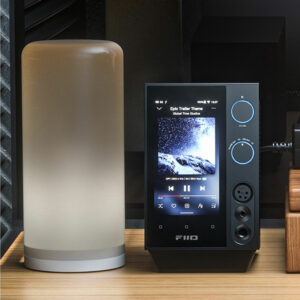 FiiO’s aim with the R7 was to create a comprehensive desktop media hub, and the extensive selection of connection options demonstrates this perfectly. Whether you’re connecting high-end headphones, desktop speakers, multiple digital sources, or streaming wirelessly, the R7 is designed to handle it all.
FiiO’s aim with the R7 was to create a comprehensive desktop media hub, and the extensive selection of connection options demonstrates this perfectly. Whether you’re connecting high-end headphones, desktop speakers, multiple digital sources, or streaming wirelessly, the R7 is designed to handle it all.
On the front, the R7 features three headphone outputs: a 6.35mm output, a 4.4mm balanced output, and a four-pin XLR balanced output. These cater to a variety of headphones, from standard to high-end balanced models. This is where the THX AAA-788+ amplifiers shine, with multiple gain options for compatibility and performance.
The back of the R7 offers even more connectivity. It includes two RCA line outputs and a pair of three-pin XLR balanced line outputs for external amplifiers or active speakers.
Coaxial and optical inputs and outputs facilitate digital connections with CD players or digital streamers, allowing the use of the R7’s DAC with external digital sources.
For USB connectivity, the R7 features a USB-C 3.0 port supporting data transfer, USB DAC mode, and DP output mode. A USB-A port also provides HOST functionality for connecting external devices like DACs, hard drives, and keyboards, enhancing the R7’s versatility as a media hub.
Wireless connectivity includes Wi-Fi – with a physical Ethernet alternative – and Bluetooth 5.0 for both transmitting and receiving, supporting LDAC, SBC, and AAC. Additionally, AirPlay compatibility allows seamless streaming from Apple devices. The R7 is also Roon Ready, making it an excellent endpoint for those using Roon to manage their music libraries.
Performance
Now that we’ve got the nuts and bolts out of the way, let’s talk what it all amounts to. Has FiiO’s meticulous product design translated into superior sound quality?
Considering its sub-£1k price point, compact size, and the fact that it’s the company’s first dedicated desktop streamer and media player, listeners will immediately notice the clarity and precision of the audio output for what it is. In part thanks to the ES9068AS DAC, the R7 achieves a natural and balanced performance, providing an overall clean listening experience.
Whether you’re using high-end headphones or connecting to a set of desktop speakers like the SP3, the R7 delivers a performance that feels immersive and lifelike.
Instruments and vocals are well-separated, which is particularly beneficial for complex musical arrangements and live recordings. Some might find this overly analytical, but the spacious soundstage and detailed instrument separation create a transparent and enjoyable listening experience that is hard to match in this price range.
Of course, if you’re considering an upgrade, you’re currently limited to the flagship FiiO R9 Desktop Media Player at double the price. The main differences between the FiiO R9 and R7 include dual ESS Labs ES9038PRO DACs and an eight-channel THX788+ amp offering 7300mW, double the R7’s output.
Enhanced connectivity incorporates HDMI IN/ARC, USB, Bluetooth, coaxial, and optical inputs, along with an XMOS XU316 USB SOC and improved Bluetooth with aptX support.
For more immediate alternatives, you might consider the Eversolo DMP-A6. Although it’s not as compact and is slightly more expensive, this investment brings better connectivity and sound quality, featuring two ES9038Q2M DACs and support for high-resolution audio – though it does lack headphone outputs.
On the other hand, devices like the Naim Mu-So 2 or Mu-So Qb 2 are excellent all-in-one streaming solutions, offering a compact hi-fi experience with speakers built in and at a similar price point. However, they’re not designed for up-close desktop use and don’t offer the same level of onboard functionality as the R7.
Matching the connectivity, compatibility, and compactness of the FiiO R7 at its price point is a challenge. Ultimately, FiiO have developed a unique hi-fi experience.
Who is the FiiO R7 suited to?
If its size wasn’t a dead giveaway, the FiiO R7 is perfect for audiophiles and music lovers who want top-notch sound quality in a compact, versatile package. This desktop digital audio player is great for those who enjoy high-resolution audio and need a device that can double as a streamer, DAC, and headphone amplifier.
If you have a diverse music collection and subscribe to multiple streaming services, the R7 has you covered with its support for a wide range of audio formats and streaming platforms.
It’s ideally suited to both home and office environments, seamlessly fitting into existing setups without taking up much space. Whether you’re placing it on a desk, a shelf, or as part of a larger audio system, the R7 integrates effortlessly.
That being said, if you’re starting from scratch, it’s important to note that while the R7 is often marketed as an all-in-one solution – consolidating many digital hi-fi components – you’ll need to consider the additional cost an amplifier and speaker will add.
It isn’t a cheap piece of kit either, typically hovering around £650. Given that its compact size is a major selling point, you’ll want to pair it with a high-quality, compact amplifier and a pair of passive speakers or, more likely, a pair of small active speakers in-keeping with desktop scale home audio. In total, you should expect a complete system to cost nearly £1,000.
However, once you’re set up, your investment will prove well worth it, especially if you’re serious about the quality of your tech and home audio. The R7’s intuitive interface and robust build quality ensure ease of use and longevity. Plus, the sleek, modern design means it looks great in any home or office.
All in all, the FiiO R7 is perfect for discerning listeners who want a high-fidelity, multifunctional, lifestyle audio solution.
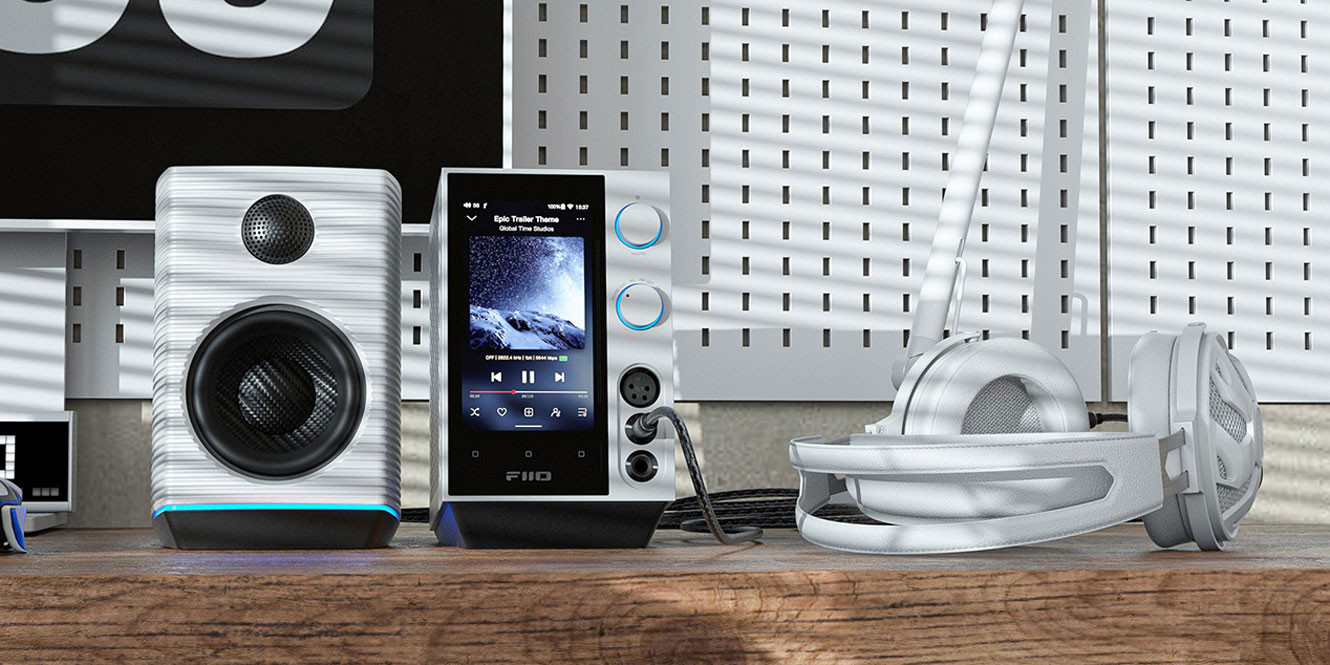
Who are FiiO?
Established in 2007, FiiO have quickly become a notable name in the home audio equipment industry, founded by a team of engineers previously employed by the consumer electronics manufacturer, OPPO. With roots in Guangzhou, China, their goal was to deliver high-quality audio devices at competitive prices.
Their first product, the Meizu speaker, was released in August 2007, followed by their portable headphone amplifier, the E3, in December of the same year. Over the years, FiiO have established themselves as a trusted brand among audiophiles, thanks to their commitment to innovation, quality, and user satisfaction.
The brand name FiiO combines “Fi” from hi-fi/fidelity with “iO” representing the binary digits one and zero, symbolising the digital era’s simplicity and functionality. Their product line includes high-resolution digital audio players, portable headphone amplifiers, DACs, earphones, and more, all designed to enhance your listening experience.
The advanced R&D centre and testing laboratories at FiiO underscore the company’s commitment to innovation. They’ve also garnered numerous accolades, such as the iF Design Award and Reddot Award, reflecting their excellence in product design and functionality.
Their current flagship models are a key example of this. While the R7 is celebrated for its performance, its more advanced counterpart, the R9 Desktop Media Player, offers even more connectivity and functionality. Along with the FiiO K19 Desktop DAC/Headphone Amp and the M17 Portable DAP, the company’s current crème de la crème displays their capabilities as competitors in the industry.
At the other end of the price range, FiiO introduced Jade Audio in 2019, a subsidiary brand focused on delivering high-fidelity sound to a broader audience. Jade Audio leverages FiiO’s technological expertise to offer products that balance affordability with quality, catering to the needs of burgeoning music enthusiasts.
FAQs
What is the alternative to FiiO R7?
The alternative to FiiO R7 is FiiO R9. However, as the brand’s high-end media player, it comes with a notable price jump. Consider the Eversolo DMP-A6 or Arcam ST5 Streamer as more immediate alternatives. For an award-winning, all-in-one network speaker, the Naim Mu-So Qb 2 is also a great choice.
Can FiiO R7 power speakers?
FiiO R7 cannot power speakers directly. It can connect to active speakers using its digital or analogue outputs but only includes onboard amplification for headphones, not for speakers. You will need an external amplifier in your system to connect passive speakers.
How do I control FiiO R7 from my phone?
Use the FiiO Control app to control the FiiO R7 from your phone. Just connect both devices to the same Wi-Fi to adjust settings, playback, and access various features remotely. The R7 also supports AirPlay for streaming audio from iOS devices.
Final thoughts
The FiiO R7 is a versatile, high-performing all-in-one streaming player, DAC, and headphone amplifier. Its compact design, extensive connectivity options, and impressive audio capabilities make it a compelling choice for audiophiles seeking a premium listening experience without the bulk.
By now, we’ve reviewed a variety of streamers. From the WiiM Pro Plus to the Eversolo DMP-A8, if digital music or wireless audio piques your interest, check out our reviews. Still unsure about DACs? We also put together a comprehensive guide explaining what they are and why they matter to help you out.
We’d love to hear your thoughts on FiiO’s products – feel free to share your opinions in the comments below!


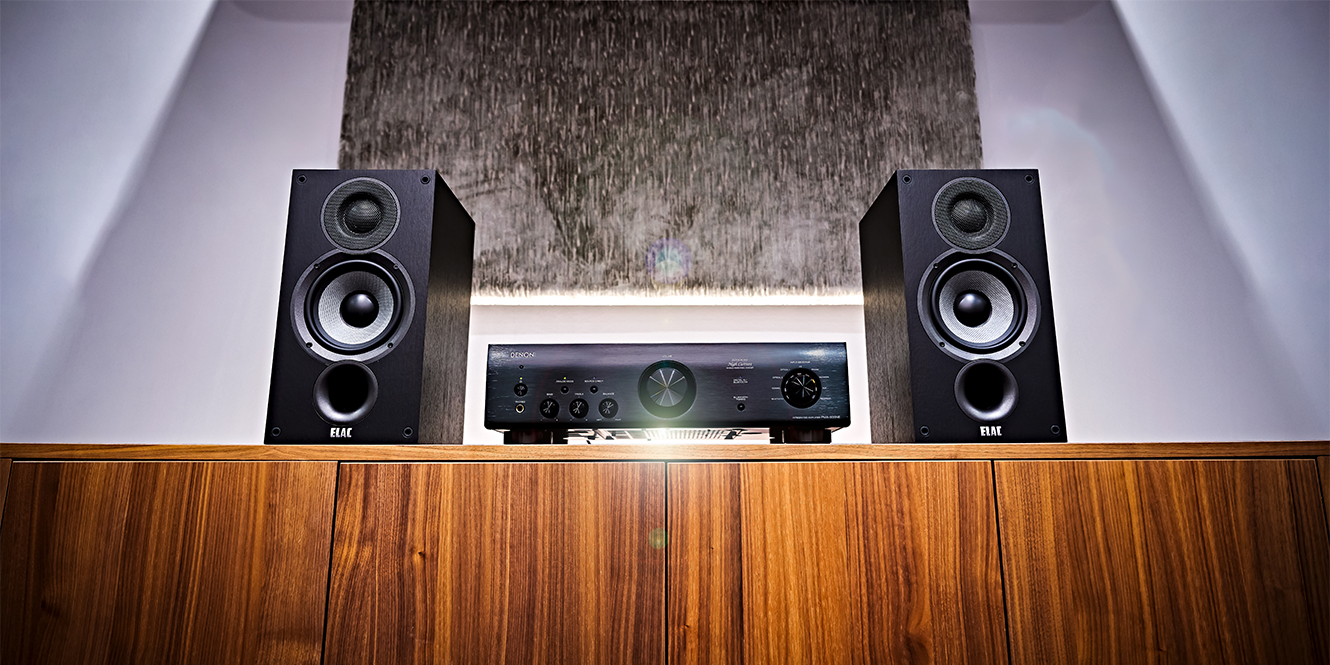
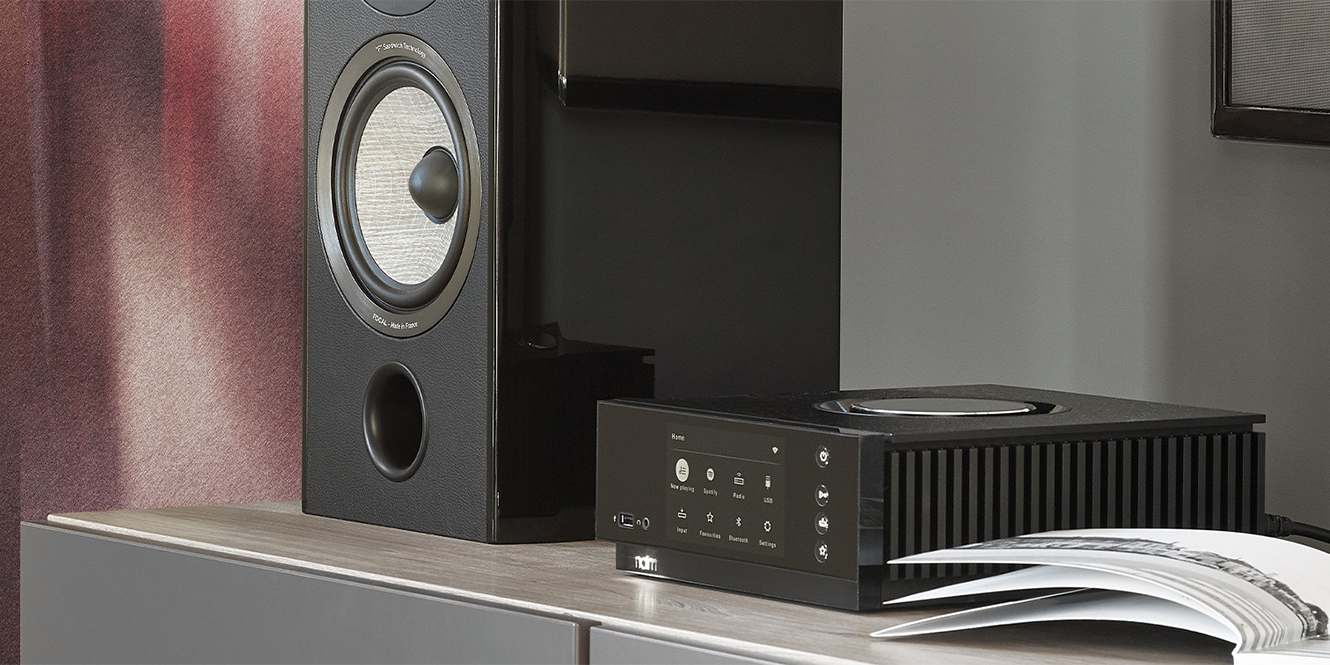

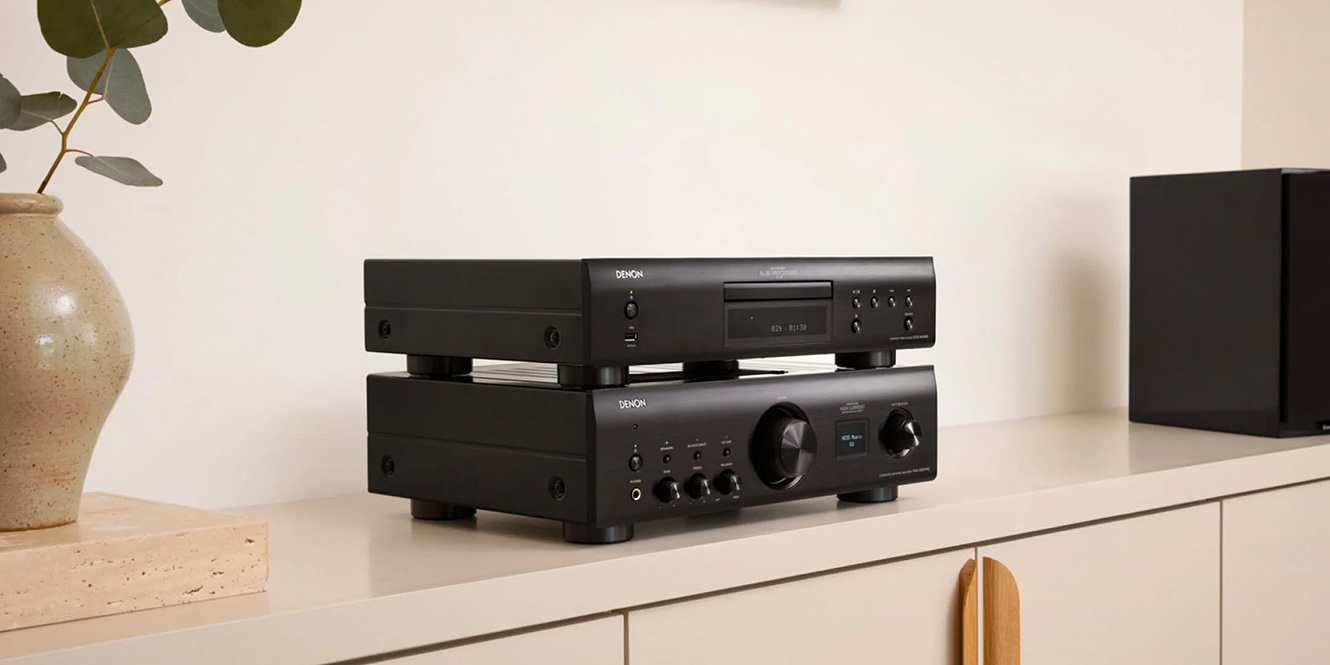
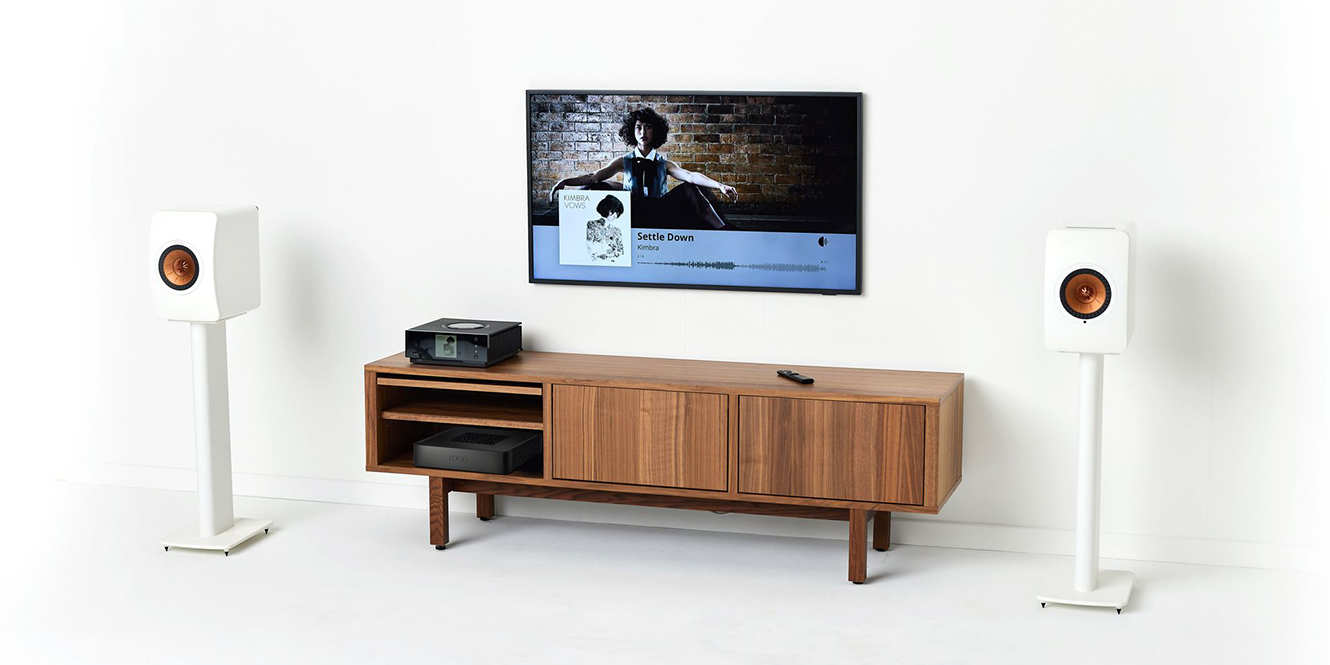






0 Comments